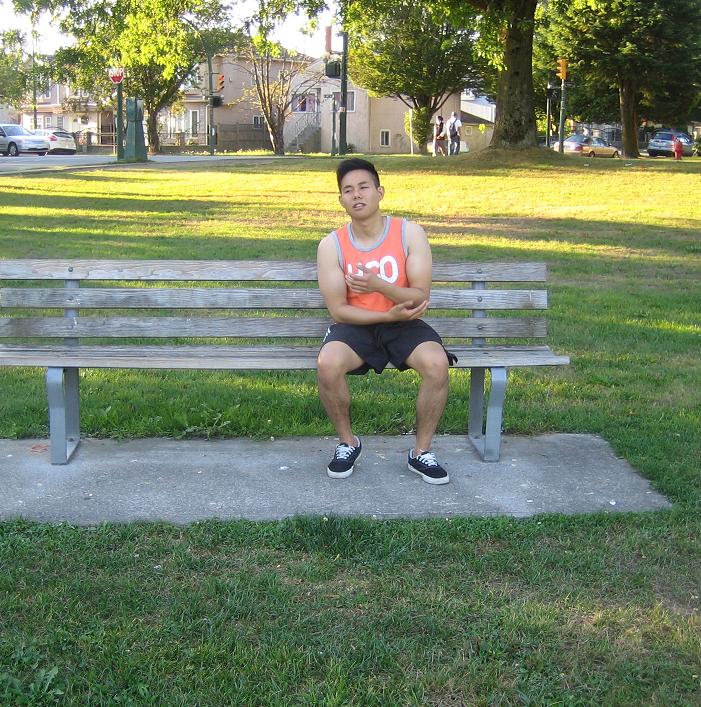Boils form when a hair follicle becomes infected with the bacteria Staphylococcus aureus. While this bacteria is normally found on the skin and around the nose it can become a hazard when introduced to deeper tissues.
Boils typically develop in various areas of the body such as the face, throat, buttocks, and groin. They are not too serious and will heal over in a certain amount of time. Should a boil refuse to heal properly or continue to reappear it is then necessary to consult a physician. Seeking medical treatment for a boil usually involves lancing it with a sterilized needle before being placed on antibiotics to reduce the risk of infection.
Symptoms
Boils usually appear as hard lumps that are painful to the touch and develop a yellow or white “head” after a day or two of appearing. The skin around a boil is usually inflamed and tender. Eventually, the boil will either pop, creating a filmy discharge that is not harmful but still requires a clean rag to wash it away. After it heals a scar might appear where the boil formed.
Risk factors
Boils can form near cuts or abrasions. There are other instances, however, where a boil can form, such as:
1) Poor hygiene and the lack of proper skin care can cause boils to appear.
2) Diabetics that do not control their condition can suffer boils.
3) A depleted immune system from eating unhealthy foods can increase the probability of boils.
4) Any disease or condition that results in broken or irritated skin can place an individual at higher risk for developing boils.
Ways to help treat a boil
There are several ways to treat a boil that can be beneficial to the individual. These include:
1) Refraining from continually touching it is wise. Touching or squeezing the boil can only make the pain worse. Keep the area clean and refrain from touching it as much as possible.
2) Infected individuals need to wash their hands constantly with antiseptic soap. Keeping the hands clean whether touching to keep the risk of infecting other parts of the body or other individuals fairly low.
3) A hot compress placed over the boil several times a day for around 10 minutes at a time can help soothe the pain.
4) If the symptoms haven’t gone away within a few days it might be necessary to consult a doctor.
Medical treatment
If it becomes severely infected or otherwise unmanageable it is necessary to see a doctor. Most physicians though will prescribe the same methods to combat the problem of boils. Those treatments usually involve antiseptic creams, shampoos, and even antibiotics that can help to knock out the infection and keep the bacteria from spreading to others.
Related Video
FACT CHECK
https://www.emedicinehealth.com/boils/article_em.htm
https://www.webmd.com/skin-problems-and-treatments/guide/boils#1

